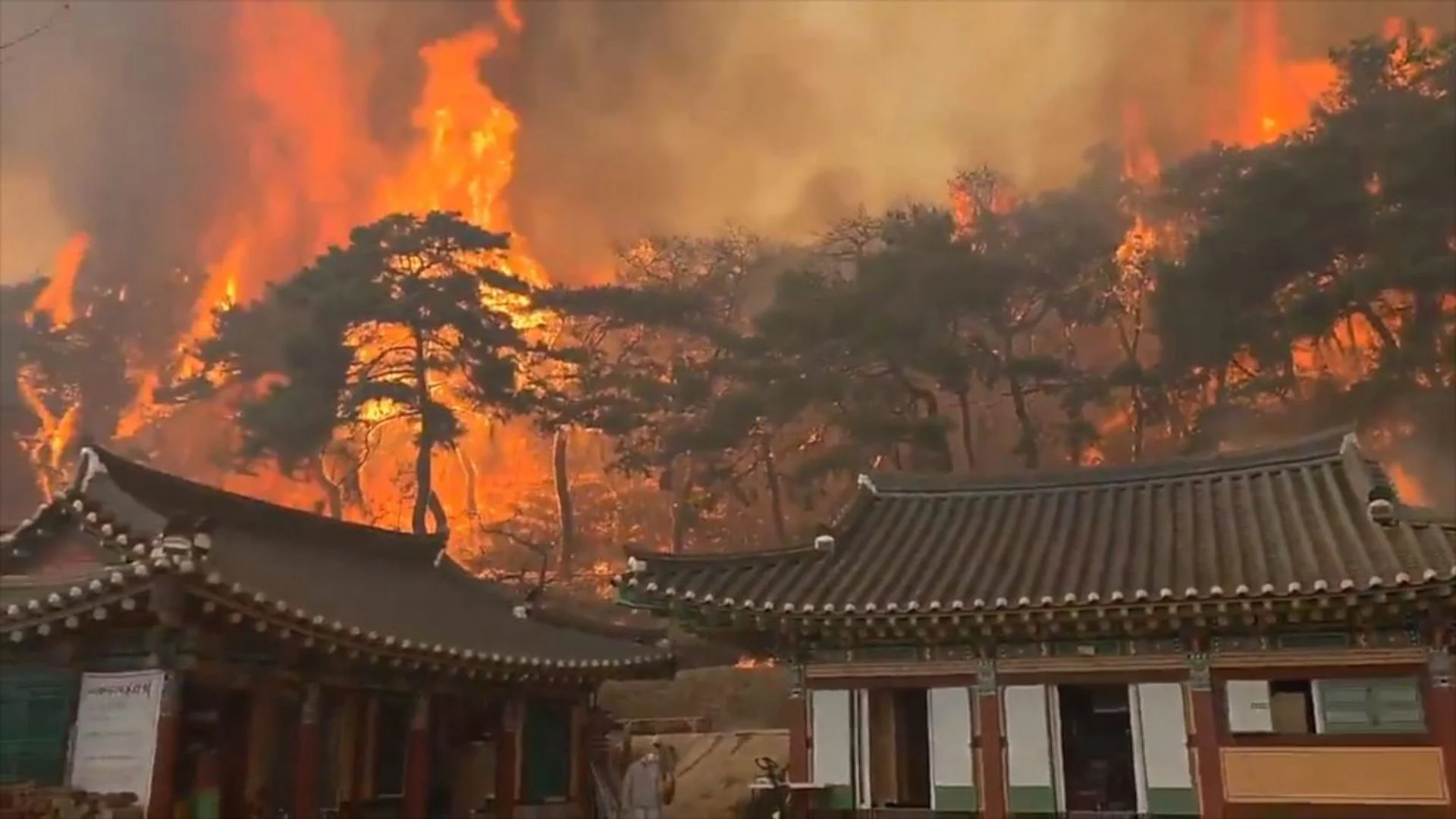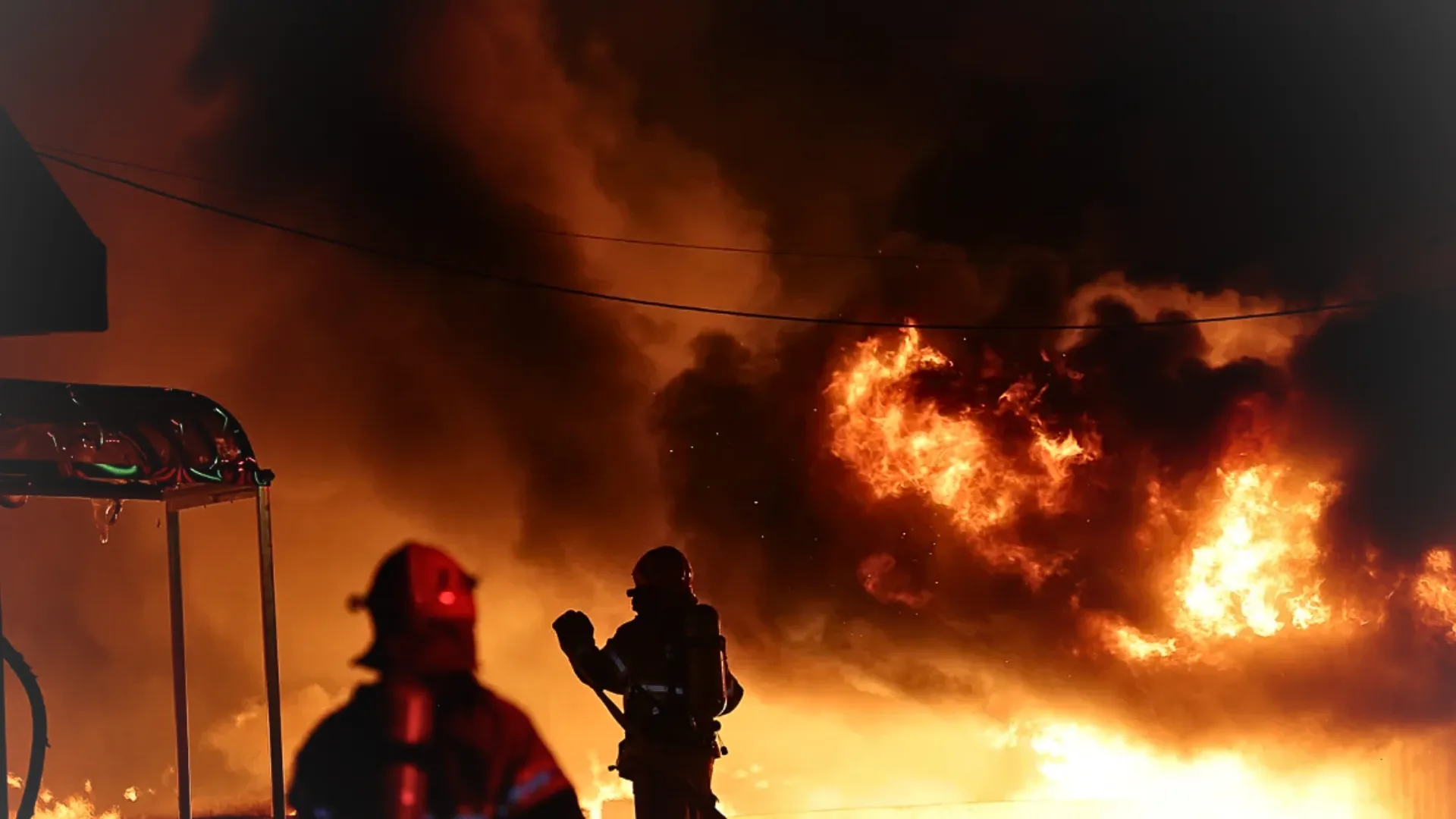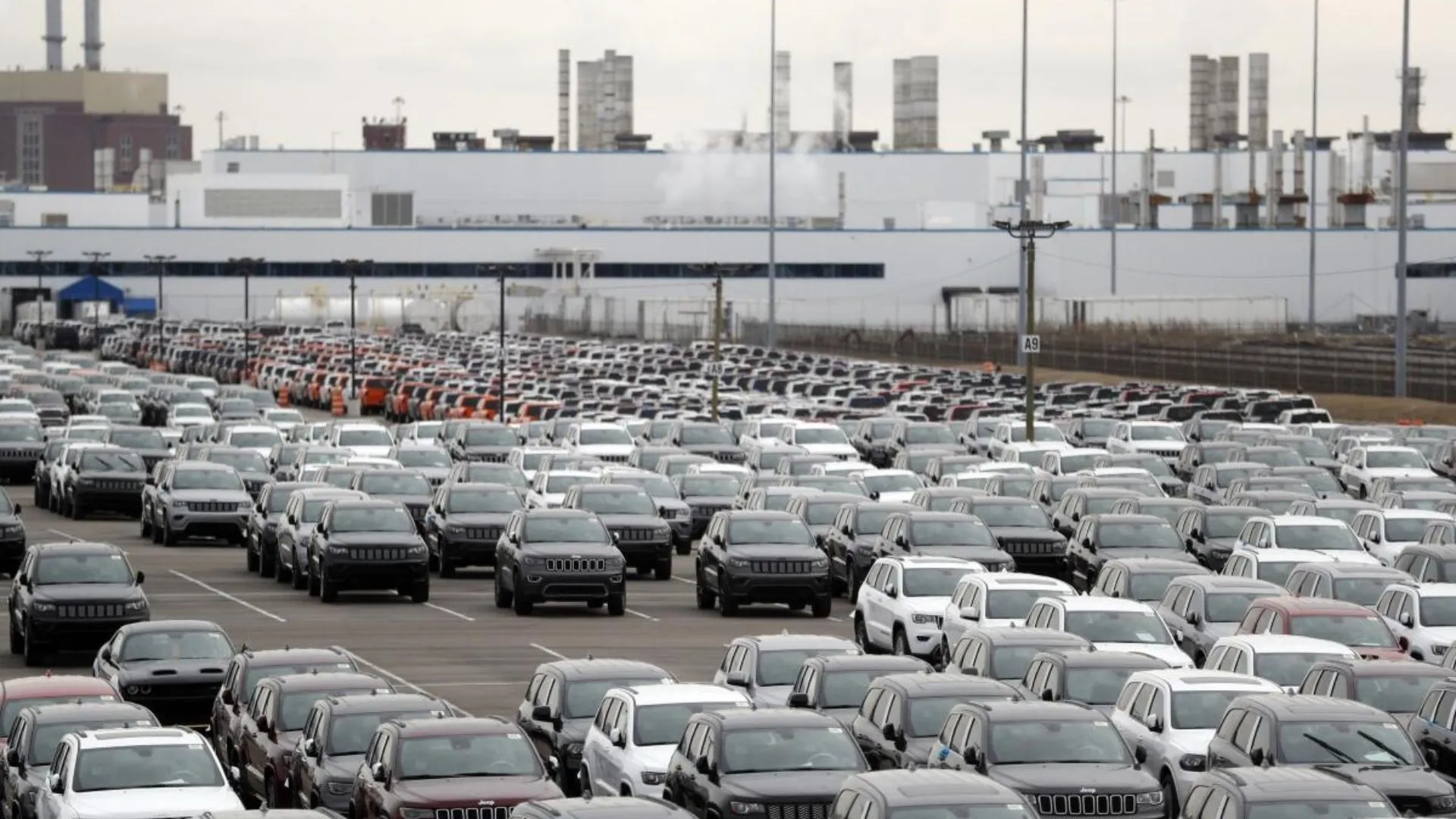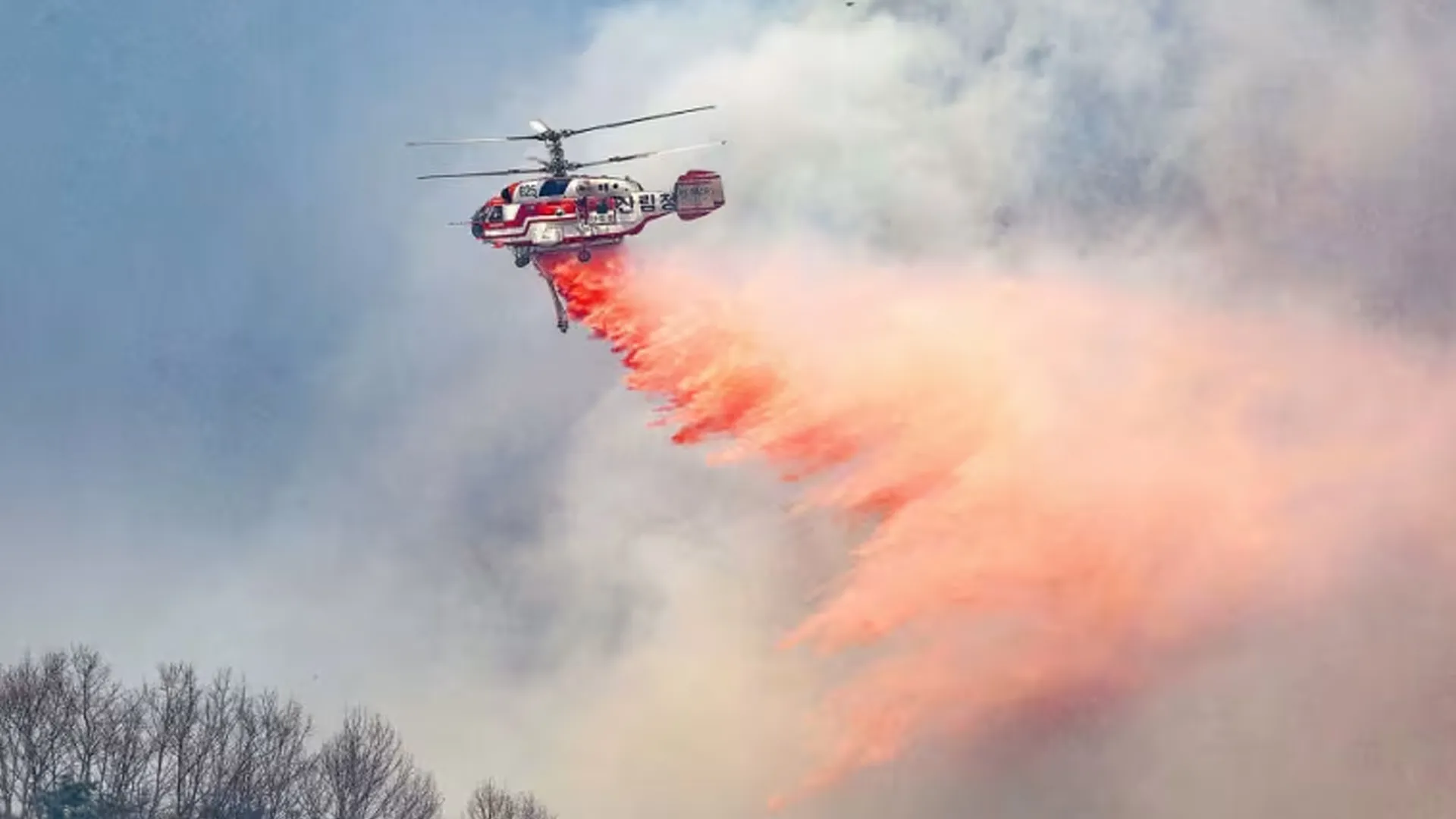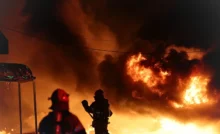South Korea is struggling with its most fatal fires, killing 28 people, leaving more than 37,800 displaced and thousands of vehicles and buildings torched. Powered by winds and dry conditions, the blazes have swept throughout southeastern parts since last Friday and have pushed the government to send thousands of firefighters, helicopters, and equipment into action to douse the destruction.
In spite of all attempts, gusty weather has hindered firefighting efforts. Officials had looked forward to rain relief on Thursday but said the predicted amount of less than 5mm was not expected to douse the fires.
Among the victims was a pilot killed in a helicopter crash while fighting the fires, firefighters, and laborers trapped in hot-speed fires. The majority of the civilian fatalities were old people who were unable to evacuate or refused to evacuate. Officials believe human activities such as cutting underbrush around family burial grounds or welding sparks might have caused some of the fires.
South Korea’s emergency operations center indicated the blazes burned more than 38,665 hectares (95,543 acres), which was the nation’s most devastating wildfires on record. Along with huge destruction of properties, 32 people have suffered injuries. More than 9,000 men and women along with approximately 120 helicopters were being deployed in fighting the inferno.
The ancient Gounsa temple complex in Uiseong, which dates to the 7th century, was hard hit, with 20 of 30 buildings set ablaze. Evacuation orders were also issued for the UNESCO-listed Hahoe folk village as fire moved close.
Officials say the catastrophe underscores the worsened climate crisis, with scientists pinning extreme wildfires to global warming. South Korea has upgraded its wildfire warning to the highest alert, calling for stricter restrictions and emergency response steps.


